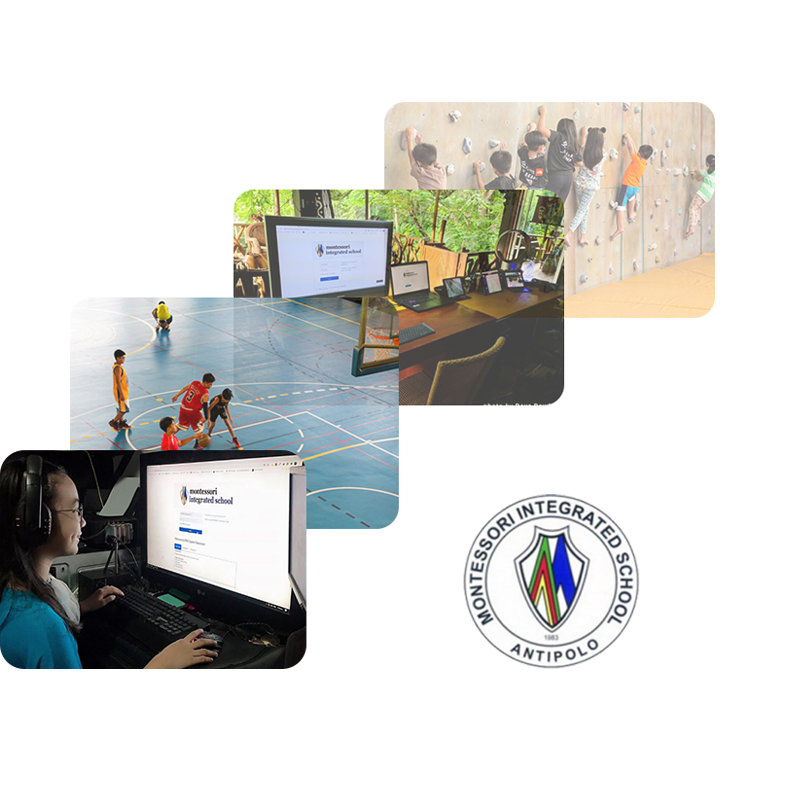By: BootcampRankings
As human beings, we were not
mentally and physically prepared for the effects of coronavirus on the world.
It has been a difficult time for everyone; for the economy, health, and every
aspect of daily life. The “new normal” is a style of work in which we
all try to carry out daily activities but amid the pandemic. Going to work and
studying are tasks that you can now do from home.
How big were the changes in
the education industry? The inevitable impact of the virus led schools and
universities to a period of experimentation that, honestly, has left positive
and negative results as the case may be. In this article, we will explore how
life has changed after the arrival of the coronavirus for schools,
universities, and courses around the world.
Empty Classrooms, Buildings, and Campuses
Nothing is more important
than the health of students, teachers, and school personnel. Closing these
facilities was the first measure after Covid-19 was deemed a threat. As we all
know, this virus spreads easily, especially in closed spaces. For that reason,
to prevent new outbreaks, all students and teachers were sent home.
The closing
of schools was an important and unprecedented
measure. A UNICEF report finds that in Latin America and the Caribbean about
137 million children (97 percent) have not yet returned to school due to the
pandemic.
Historical Figures for Distance Learning
School closings were not an excuse to stop education. During the pandemic, millions of students began attending classes online. This method was the most efficient at the time, mainly because it doesn’t require physical contact and completely eliminates the risk of contagion. One of the advantages of remote learning is the ease of connection. In the United States, nearly 100 percent of school-age children reported some method of connecting to virtual classes during the coronavirus.
Perhaps this is an example that remote learning can be an effective alternative to bring education to many parts of the world without the need to raise buildings. A Forbes article says that online learning will replace traditional methods in the future.
Classes with Extreme Precautions
Even though many countries have not yet resumed face-to-face classes, some governments in Asia are creating plans to resume activities in classrooms, using every security tool available to avoid contagion. The most important measures were temperature checks, social distancing in the classrooms, glass or plastic barriers around each seat, and rapid tests, as well as the mandatory use of masks, gloves, and antibacterial gel.
Asia was one of the first regions to start this trend. In areas like Hong Kong, face-to-face classes are an interesting proposal to return to normalcy. By September, US News reported that nearly 900,000 students will be able to return to school after an aggressive lockdown. The main reason for this measure is the constant complaint of parents about distance learning; they do not believe that this is an efficient method.
Going back to school is a risky idea. In Europe, the second wave of coronavirus remains a strong threat to schools and mass activities. Experts believe that the true return to normalcy will be when the majority of the world’s population has received the vaccine.
Professional Education for All
Unemployment and time at home were the reasons many people decided to start an online course. In addition to virtual classes at schools and universities, bootcamps have grown in popularity like never before. These intensive courses prepare thousands of people in fields such as coding, software engineering, data science, and web design, among others.
One of the main reasons these courses have had an increase in students is because their graduates, after graduation, are able to join large tech companies in the United States, such as Facebook, Uber, Microsoft, Apple, Google, and many more. Distance education, in this case, can be a tool for finding a great job, even during a pandemic.
Conclusion:
The pandemic has left interesting lessons to take into account. Even though distance learning has advantages and disadvantages, we can determine that this method can be a successful path for many students in the world. Covid-19 has left changes that will teach us how to act in the face of future problems, and surely the tech industry will be the best ally.

